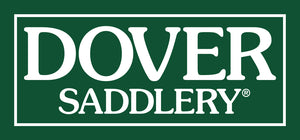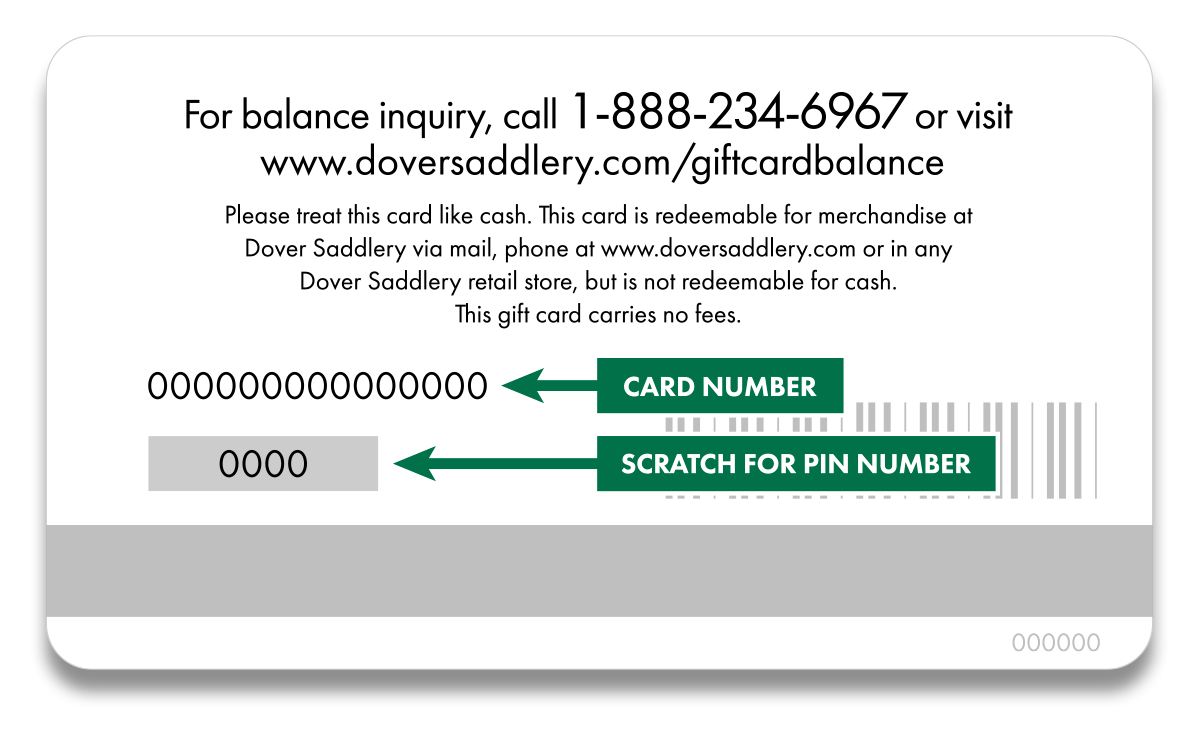
Here are some general guidelines for finding the correct size bit for your horse or pony. To shop our entire selection of English bits online, click here. To find the right sized bit, you should consider both the length of the mouthpiece and the width of the mouthpiece in combination with the conformation of your horse’s mouth.

Eggbutt Bit
|

Double Jointed Loose Ring Bit
|

Hunter D Ring Bit
|

Full Cheek Bit
|

Elevator Bit
|

Kimberwicke Bit
|

Pelham Bit
|
Length of the Mouthpiece
The length of the bit corresponds to the width of your horse's mouth. This measurement is usually provided in inches and fractions of an inch, such as 5" or 5 ½".
When attached to an appropriately adjusted bridle, the bit should rest comfortably at the corners of your horse's mouth. In general, the bit rings should not press hard against the horse's face, indicating that the length is too short. A bit that is too short may pinch the sensitive corners of the horse's mouth.


Conversely, if you see one-half inch or more of the mouthpiece on each side between the lips and the bit rings, the bit is too long. A bit that is too long can slip sideways in the horse’s mouth, becoming ineffective and causing soreness.
The specific type of bit you choose will slightly influence the desirable bit length. A full cheek snaffle, Pelham or elevator bit should fit snugly next to the horse’s cheek, but should not squeeze or pinch.
For a loose ring snaffle or any bit with moveable rings, make sure that the horse’s lips completely clear the bit ring holes by 1/8 inch on each side. Otherwise, the horse’s skin can become pinched into the holes as the action of the loose ring works with the rein.

Rubber bit guards can be used with loose ring bits to prevent pinching, but if you plan to compete with them, check with the governing body of your competition to be sure that their use is allowed. For example, bit guards are forbidden in recognized dressage competitions and in dressage tests that are part of sanctioned and unsanctioned three-phase events. On the other hand, bit guards are allowed in show jumping classes.
You can measure your horse’s mouth to determine the length of bit required in two ways. The easiest way is to use a Bit Sizer, which is a simple and inexpensive plastic measuring device that slides into the horse’s mouth. Inch increments correspond directly to bit sizes, and you take the reading just as you would using a ruler. Depending on the type of bit you’re selecting, you may want to add ¼ to ½ inch to the bit sizer measurement.

Alternatively, you can use a piece of string in place of a commercial bit sizer if your horse will cooperate. Mark the spots on the string that meet the corners of the horse’s mouth, then lay the string against a ruler to obtain your bit length measurement. Again consider the type of bit you’re selecting and whether you should add a bit of length to the measurement.
Width of a Mouthpiece

The width of a bit refers to its circumference at the widest part of the mouthpiece. This measurement may be in either inches or millimeters. For most horses, the thinner the bit, the more severe its action on the horse’s mouth. This is because the pressure from the bit is exerted on a narrower surface.
Similarly, the thicker the bit, the more gentle its action because the pressure is distributed over a wider surface. However, the bit cannot be too thick for the space in the horse’s mouth. The height of the palate (roof of the mouth) and the thickness of the tongue determine the amount of space available for the bit. If the bit is too thick, it may put constant pressure on the horse’s mouth and could even make swallowing difficult.
Always consider the conformation of a horse’s mouth when choosing bit width. An equine dentist, veterinarian, or knowledgeable trainer can help you determine whether your horse’s palate is normal, high, or very low, which affects how thick a bit may be used. You can usually identify the conformation of the horse’s tongue by prying open the side of the lips. A small or average tongue lies below or level with the bars of the mouth. A thick tongue rises above the bars or spills over the bars and between the teeth.
Should I Borrow a Bit from a Friend?
Borrowing a bit from a friend can be useful for determining a type or size of bit to purchase. However, never put a used bit in your horse’s mouth without sterilizing it first.
The easiest way to sterilize a bit is to run it through a dishwasher cycle that supplies hot water at 180°F.
Another method is to scrub the bit with a soft toothbrush and a surgical scrub. Let the solution remain on the bit for 15 minutes, then rinse cleanly. Next, submerge the bit in a solution of one teaspoon bleach to one quart of water. Let the bit sit for 15 minutes, then rinse and dry thoroughly.
Note: Some bits made of combined metals, plastics, or rubber may discolor during sterilization.
Tip: Bits function differently for various horses. Always consult a trainer or knowledgeable friend familiar with your horse when selecting a new bit.
Suggestion: Have your horse’s teeth checked for sharp edges and other issues every 6 to 12 months.



